2 Day Hypnosis for Trauma & PTSD Certificate Course by Carol Kershaw & Bill Wade
$439.99 $125.00
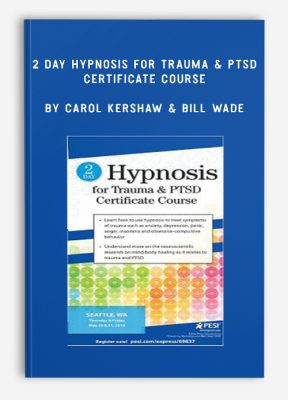
2 Day Hypnosis for Trauma & PTSD Certificate Course by Carol Kershaw & Bill Wade
**More information:
Get 2 Day Hypnosis for Trauma & PTSD Certificate Course at Salaedu.com
Description
Your clients have endured stressful and traumatic experiences which often results in less ability maintain health and to fully provide self-comfort. This course is designed to help you understand more the neurological and psychological patterns that create PSTD symptoms. This course will focus on developing strategies to help traumatized clients heal by changing these patterns.
Hypnosis is a powerful tool that you can add to your clinical toolbox for treating trauma. When it’s used with the brain in mind, hypnosis provides effective interventions to help clients interrupt negative patterns, live more in joy with the ability to self-motivate, and accomplish life goals.
During this course, special emphasis will be given to understanding how trauma affects the brain and can lead to symptoms such as anxiety, depression, panic, insomnia, obsessive-compulsive behavior and difficulty handling anger. You will learn how to treat these symptoms with the use of hypnosis.
Watch hypnosis experts and trainers, Carol Kershaw and Bill Wade, as they demystify and simplify hypnosis so you can start using it with your traumatized clients immediately. They will break down the research that supports hypnosis for trauma and teach you how to implement it into your clinical work. You will learn through demonstration, case- examples, lecture, experiential exercises and hands-on experience.
This is a course you don’t want to miss!
Neurophysiology of Trauma/PTSD
- Impact on the nervous system
- Impact of trauma on the brain
- Impact of stress on the brain
- Vagal Nerve Activation-Stephen Porges
Adverse Childhood Experiences (ACES)
- Intense and prolonged trauma
- Developmental trauma
- Seizure activity with trauma
Trauma and Attachment
- Attachment styles
- Trauma and dissociation style attachment
- Attachment and relationships
Latest Neuroscience Research on Body/Mind Healing
- Body/Mind as frequency, light and innate healing abilities
- Discovery of filament structures in body carrying information
- Cellular biophoton release
- Limitations with research
Long-Term Stress and Its Impact on the Limbic System
- Symptoms of limbic over arousal: Anxiety, startle response, panic, obsessive-compulsive patterns, anger, insomnia
- Symptoms of limbic under arousal: Depression, negative thinking and altered perception of experiences
Essentials of Clinical Hypnosis
- Definition of hypnosis as resource activator
- Focused attention and suggestion
- Hypnotic language
- Conversational hypnosis
- Psychotherapy as hypnosis
- EEG hypnosis
Put Clinical Hypnosis to Practice
- Simple Inductions
- Changing Mental States
- Strategies to Interrupt Rumination
- Strategies for Anxiety, Depression, Calming the Nervous System
- Experiential exercises to practice the skills learned
- Demonstration: EEG Hypnosis
Strategies for Developing Traumatic Memory Reconsolidation
- Retrieval and disruption
- How to move a memory from short term to long term
- State dependent memory and learning
Focused Attention as a State of Negative or Positive Hypnotic Trance
- How optical system may play a role in symptom formation and removal
- Focus on “nothing” helps eliminates negative thought
Simple Biofeedback Tools Paired with Hypnosis to Support Post Traumatic Growth
- Heartmath HRV training
- Temperature training
- Breath training and meditation
- Galvanic skin response training
How to Avoid Common Mistakes in Talk Therapy that May Make Trauma Symptoms Worse
- Too much attention on feelings
- Too much emphases on the trauma story
More information about Medical:
Medicine is the science and practice of establishing the diagnosis, prognosis, treatment, and prevention of disease.
Medicine encompasses a variety of health care practices evolved to maintain and restore health by the prevention and treatment of illness.
Contemporary medicine applies biomedical sciences, biomedical research, genetics, and medical technology to diagnose, treat, and prevent injury and disease,
typically through pharmaceuticals or surgery, but also through therapies as diverse as psychotherapy, external splints and traction, medical devices, biologics, and ionizing radiation, amongst others.
Medicine has been around for thousands of years, during most of which it was an art (an area of skill and knowledge) frequently having connections to the religious and
philosophical beliefs of local culture. For example, a medicine man would apply herbs and say prayers for healing, or an ancient philosopher and physician would apply bloodletting according to the theories of humorism.
In recent centuries, since the advent of modern science, most medicine has become a combination of art and science (both basic and applied, under the umbrella of medical science).
While stitching technique for sutures is an art learned through practice, the knowledge of what happens at the cellular and molecular level in the tissues being stitched arises through science.
1 review for 2 Day Hypnosis for Trauma & PTSD Certificate Course by Carol Kershaw & Bill Wade
Add a review Cancel reply
Related products
HEALTH - FITNESS - LIFESTYLE - MEDICAL
HEALTH - FITNESS - LIFESTYLE - MEDICAL
Somatic Interventions for Treating Complex Trauma with Janina Fisher, Ph.D. from Janina Fisher
HEALTH - FITNESS - LIFESTYLE - MEDICAL
HEALTH - FITNESS - LIFESTYLE - MEDICAL
HEALTH - FITNESS - LIFESTYLE - MEDICAL
HEALTH - FITNESS - LIFESTYLE - MEDICAL
HEALTH - FITNESS - LIFESTYLE - MEDICAL
Complete Certified Professional Coach Online Course from Berry Fowler

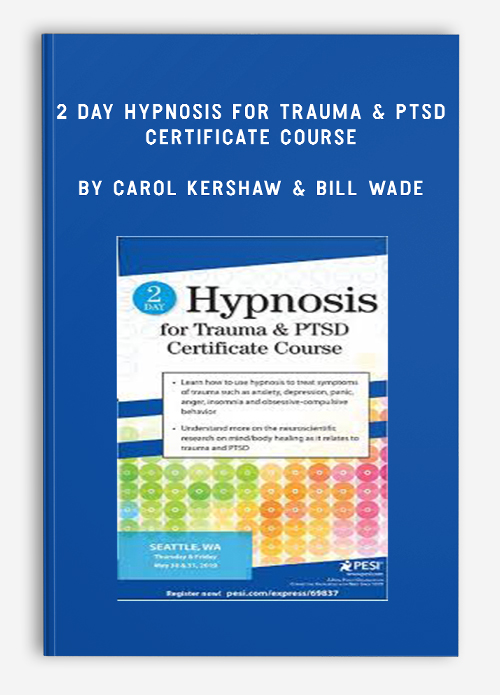
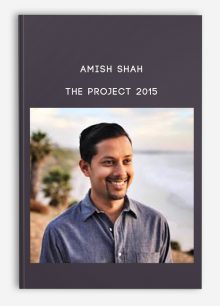
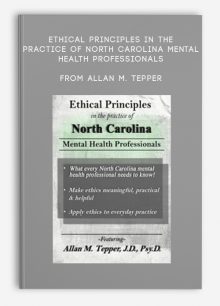
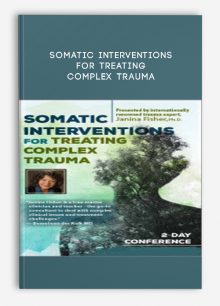
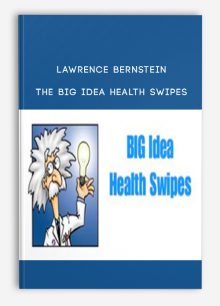

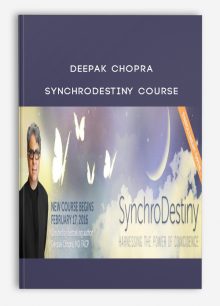
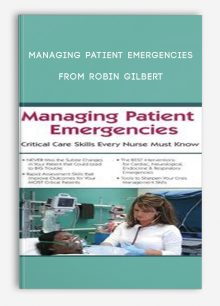

Trevis Trevis –
This is one of the most beautiful website and you can check the reviews of my website here: https://salaedu.com/clients-proof-and-reviews/